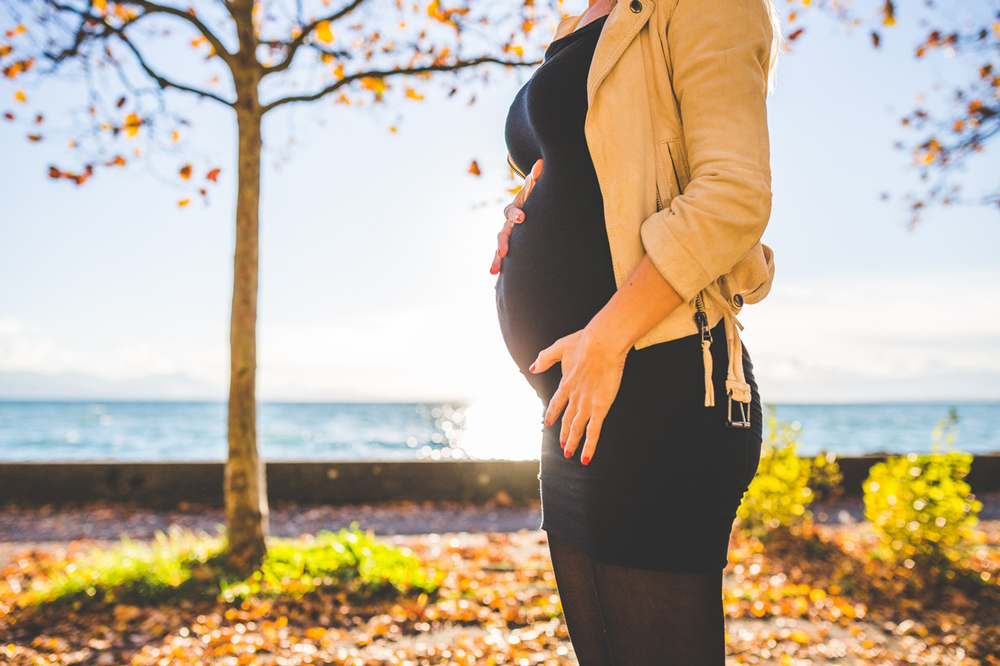Pregnant women are exposed to numerous chemicals, including the so-called “everywhere chemicals”, or endocrine-disrupting chemicals – a group that includes bisphenol and phthalates. Phthalates are derivatives of phthalic acid that are used as “plasticizers” rendering products pliable and flexible. Bisphenol A (or BPA) is widely used in polycarbonate plastics and can be found on the lining of metal cans, in pipes and various children’s toys. BPA has analogues such as bisphenol F and bisphenol S, the latter being used in currency bills. Alternative exposure sources for bisphenols include dental sealants, polycarbonate water dispensers, dish and laundry detergents, food storage containers, food packaging, vinyl shower curtains, pillow protectors, tub and tile cleaners, soaps, shampoos, conditioners, nail polish, and sunscreen lotions.
There is some concern over certain phthalates acting as endocrine disruptors, which means these chemicals may affect development and reproduction. According to Toft et al. (2012), exposure to phthalate metabolite called mono-2-ethylhexyl phthalate is associated with higher occurrence of first trimester pregnancy loss. Another report (Tellez-Rojo, 2013) on the subject highlighted the association between elevated urinary concentrations of phthalate metabolites in mothers and subsequent difficulties with psychomotor development in children. Swan et al (2005, 2008) observed reduced anogenital distance in male infants born to mothers with high exposure to phthalates. For a comprehensive review of phthalate metabolites refer to the Canadian MIREC study (2014).
As per a study conducted by Philips et al. (2016) and published in Reproductive Toxicology journal, exposure to phthalates and bisphenols may trigger epigenetic changes (for instance, changes in DNA methylation), hormonal disruption, as well as oxidative and nitrosative stress. Birth outcomes impacted by such changes may include preterm birth and low birth weight, and early adaptations to compensate for epigenetic changes and hormonal disruption may include lipid accumulation, insulin resistance, inflammation, endothelial dysfunction (constriction of cardiac arteries), and glomerular dysfunction (or kidney dysfunction). Such adaptations may contribute to hypertension, cardiovascular disease, obesity, and type 2 diabetes in adulthood.
In order to reduce exposure to phthalates and BPAs, consumers are advised to:
- Use glass, porcelain, and stainless-steel containers for storing food
- Avoid containers marked with “1 pc” or “7pc”. This practice will reduce exposure to BPA.
- Use glass baby bottles for babies who do not feed themselves yet.
- Use silicone nipples instead of latex rubber nipples on baby bottles.
- Do not heat up food/beverages in plastic containers in a microwave
- Look for “BPA -free” and “phthalate free” on the labels of products.
- Fragrance-free products are best for babies and toddlers.
Sources
Arbuckle, Tye & Davis, Karelyn & Marro, Leonora & Fisher, Mandy & Legrand, Melissa & Leblanc, Alain & Gaudreau, Eric & Foster, Warren & Choeurng, Voleak & Fraser, William. (2014). MIREC study group phthalate and bisphenol A exposure among pregnant women in Canada—Results from the MIREC study. Environment international. 68C. 55-65. 10.1016/j.envint.2014.02.010.
MIREC study group phthalate and bisphenol A exposure among pregnant women in Canada—Results from the MIREC study. Environment international. 68C. 55-65. 10.1016/j.envint.2014.02.010.
Philips, E. M., Jaddoe, V., & Trasande, L. (2017). Effects of early exposure to phthalates and bisphenols on cardiometabolic outcomes in pregnancy and childhood. Reproductive toxicology (Elmsford, N.Y.), 68, 105–118. https://doi.org/10.1016/j.reprotox.2016.08.015


